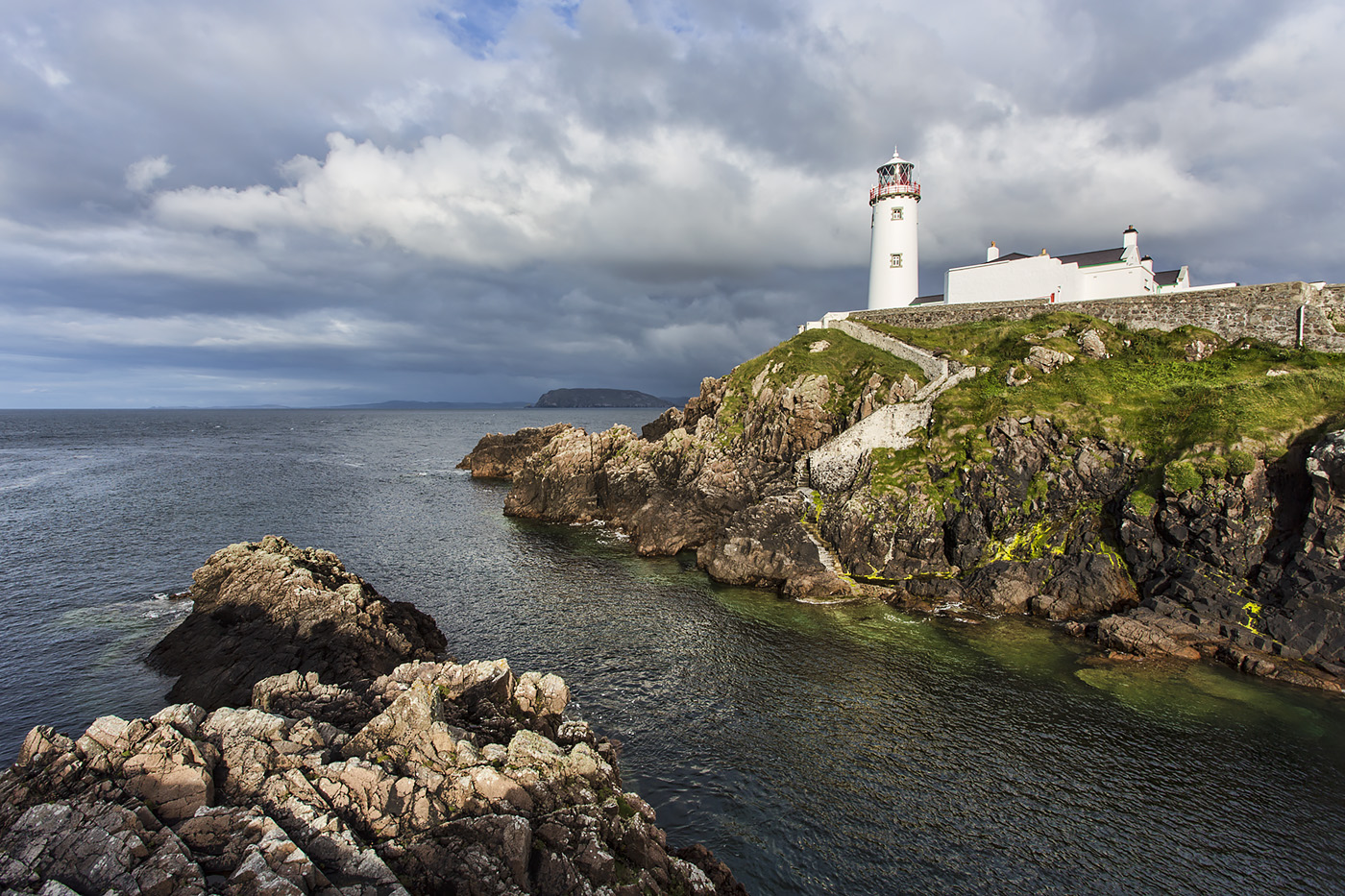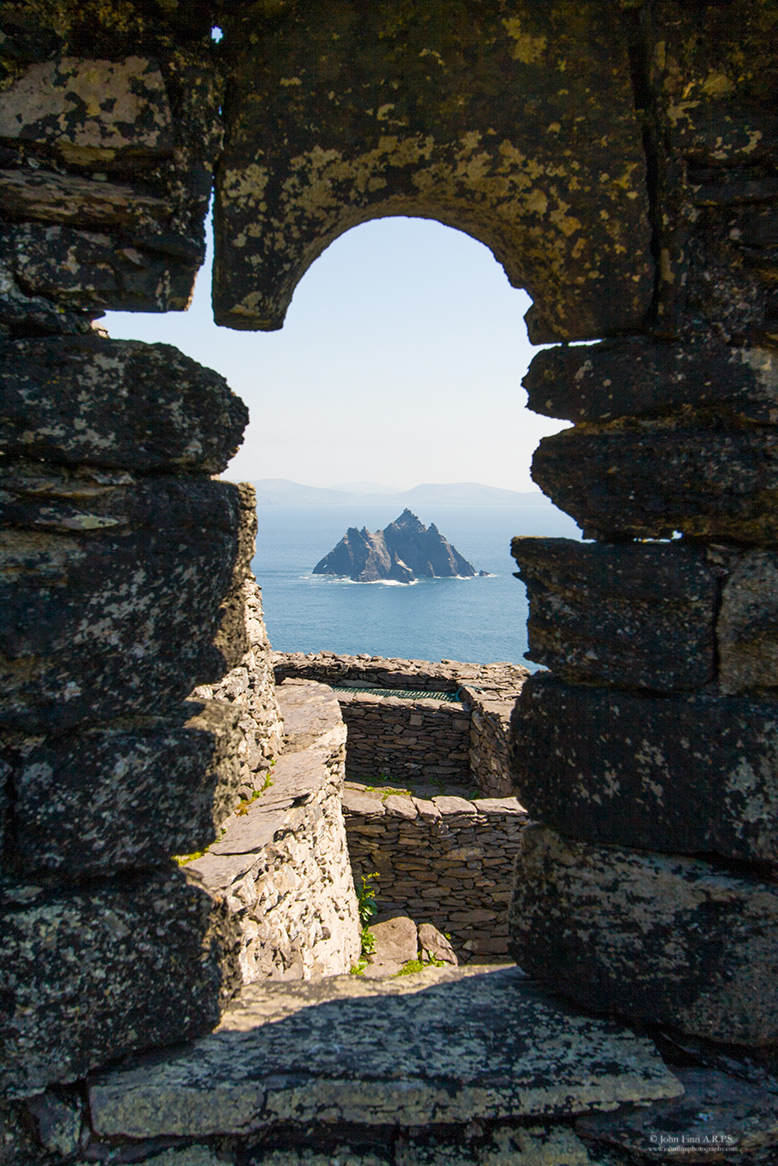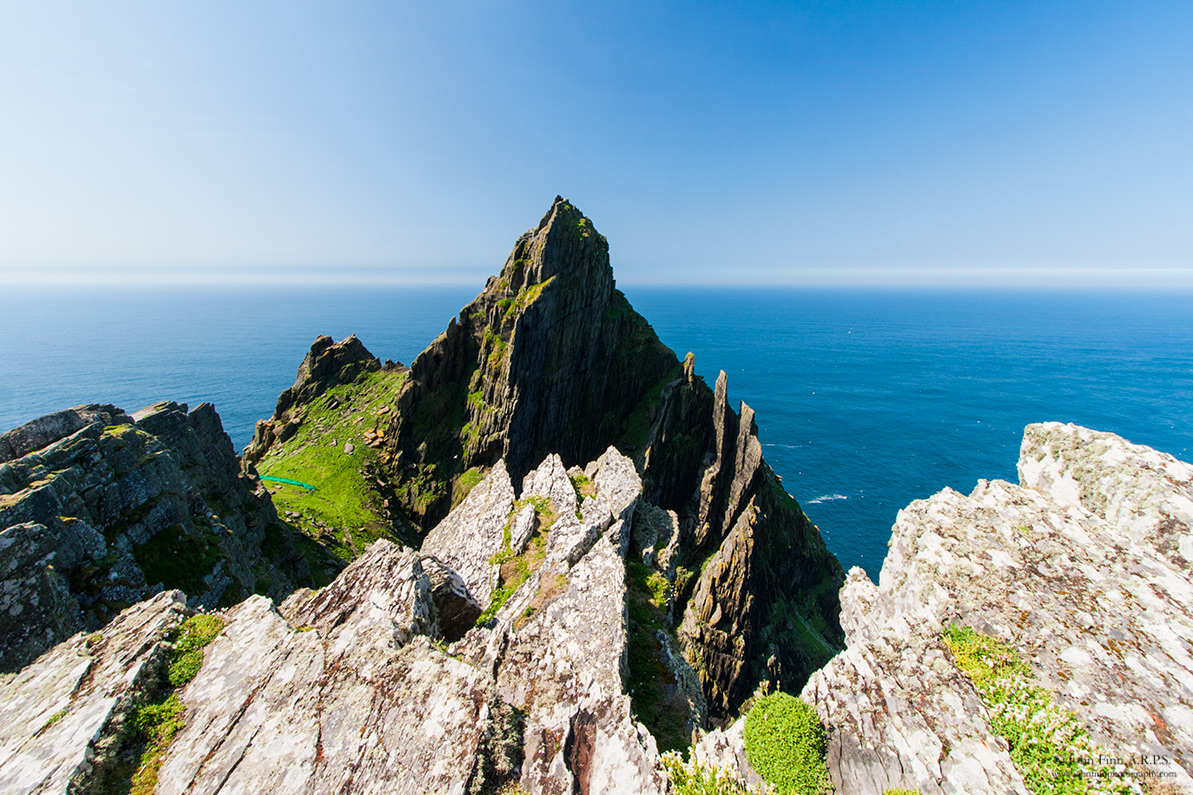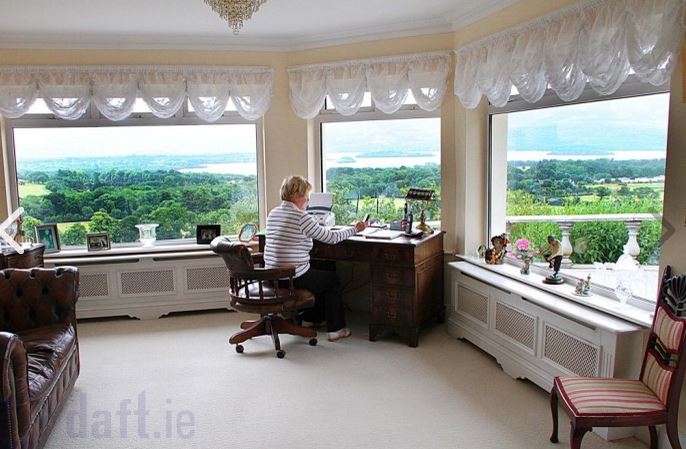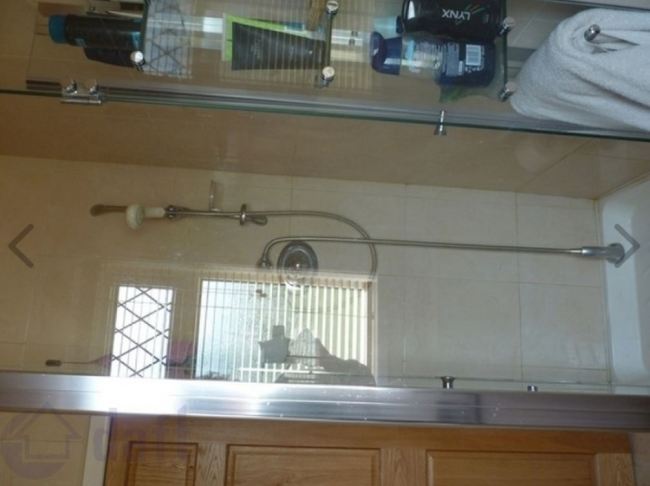Chairman: Good evening everyone and welcome. Tonight is our monthly competition and we are honoured to have as our visiting judge Mr ….. …… a man well known to you all and a judge on the camera club scene for many years now. Without further ado I will ask him to take over the proceedings.
Judge: Thank you Mr Chairman. I’m looking forward to seeing the images. Let’s see the first one.
1.

The first thing I would say about this is that the background is very distracting – there’s too much going on, for my liking. There’s also a hot spot on the top left which should have been cloned out as it takes the eye away from the main subject. He seems like a kindly old man but the lighting on his face is all wrong – there are too many deep shadows. The pose is good though. I would suggest photographing him against a plain background and get some advice on lighting him properly. A good effort. 2/10
2.

This landscape suffers from a number of errors. It doesn’t comply with the Rule of Thirds – the horizon should be either on the top third of the frame or on the bottom third. It lacks foreground interest, something to bring the eye into the photo; it would have been better had the photographer looked around for some object that would have provided that – a bench maybe, or better still, a stream running into the river that would give the image a nice leading line. And the lighting is too flat and uninteresting. I would suggest that the photographer have another attempt at sunrise or sunset – a nice golden sun on the top right would lift this image out of the ordinary. 2/10
3.

This is a pleasant enough snapshot and I’m sure it will provide happy memories for the girl and her family. I find that whatever she has in her right hand is distracting and the photographer should have removed it before pressing the shutter. Not bad for a snapshot but that is all it is – it is not serious camera club photography standard. 2/10
4.

Oh dear. I wonder has this been entered as a joke? It looks like an image created inadvertently when the camera shutter was triggered by mistake. What can I say? It’s very red, ha ha! Next! 0/10
5.

A nice child’s tricycle. It could be improved by having a child sitting on it – it would make for a nice family memory. The piece of the car on the right is distracting and the photographer should have been more careful with his or her framing. The sky is very bland and the photographer should have considered doing a sky replacement to add more interest to the scene. 2/10
6.

A good black and white image but I don’t understand why the photographer didn’t exclude the distracting elements to the right and left of the prop in which the model was photographed. Other than that the model is well posed and the B&W processing is good. A little bit of Photoshop work could turn this into a future competition contender. 4/10
7.

Now this is proper photography! All the elements combine to make for a magnificent image – the leading line bringing the eye into the photograph and the main point of interest, the old cottage. The composition, the lighting and the dramatic sky – all combine to produce a quintessential camera club image of the highest quality. Well done! 10/10
And on, and on, and on ….
Some comments on the images:
1. Alfred Krupp by Arnold Newman, 1963.
Krupp was a German industrialist whose factories, staffed by slave labour, manufactured arms for the Nazis during WWII. Newman, a Jew, carefully posed Krupp in an elevated position in one of his factories to indicate that he was of the highest authority. The pose and the harsh lighting were designed to portray the Krupp as the evil man he was. A magnificent portrait.
2. Rhein II by Andreas Gursky , 1999.
The print of this image – 73 inches by 143 inches – was sold at Christie’s, New York in 2011 for $4,338,500. Arts writer Florence Waters in The Daily Telegraph: “a vibrant and memorable – I should say unforgettable – contemporary twist on the romantic landscape.”
3. Untitled by Cindy Sherman, 1981.
This self-portrait fetched $3,890,500 at Christie’s, New York in 2011. No, me neither.
4. Greenwood, Mississippi by William Eggleston, 1973.
Eggleston is one of the most important American photographers of the 20th century and is credited with helping to make colour photography a legitimate artistic medium. From the web: “His 1976 exhibition at the Museum of Modern Art, Color Photographs, fundamentally shifted how color photography was viewed within an art context, ushering in institutional acceptance and helping to ensure Eggleston’s significant legacy in the history of photography.”
5. Untitled by William Eggleston, Memphis, 1970.
See #4
6. Elsa Schiaparelli, 1948 by Irving Penn.
Another masterly portrait by a photographic genius. One of the greatest ever photographers.
7. Drumluska Cottage, Killarney by me.
This image – and countless others that look exactly like it – is one of the biggest clichés in Irish landscape photography. It seems to be on the To Do list of every budding Irish landscape photographer and every one of them churns out almost exactly the same looking image. It’s tired and stale and I am praying for the day when a storm demolishes what is left of the cottage and someone builds a nice bungalow on the spot. Photographs of the place might have been fresh and interesting for a few months around 1965 but it has been done to death since. Enough already!
















